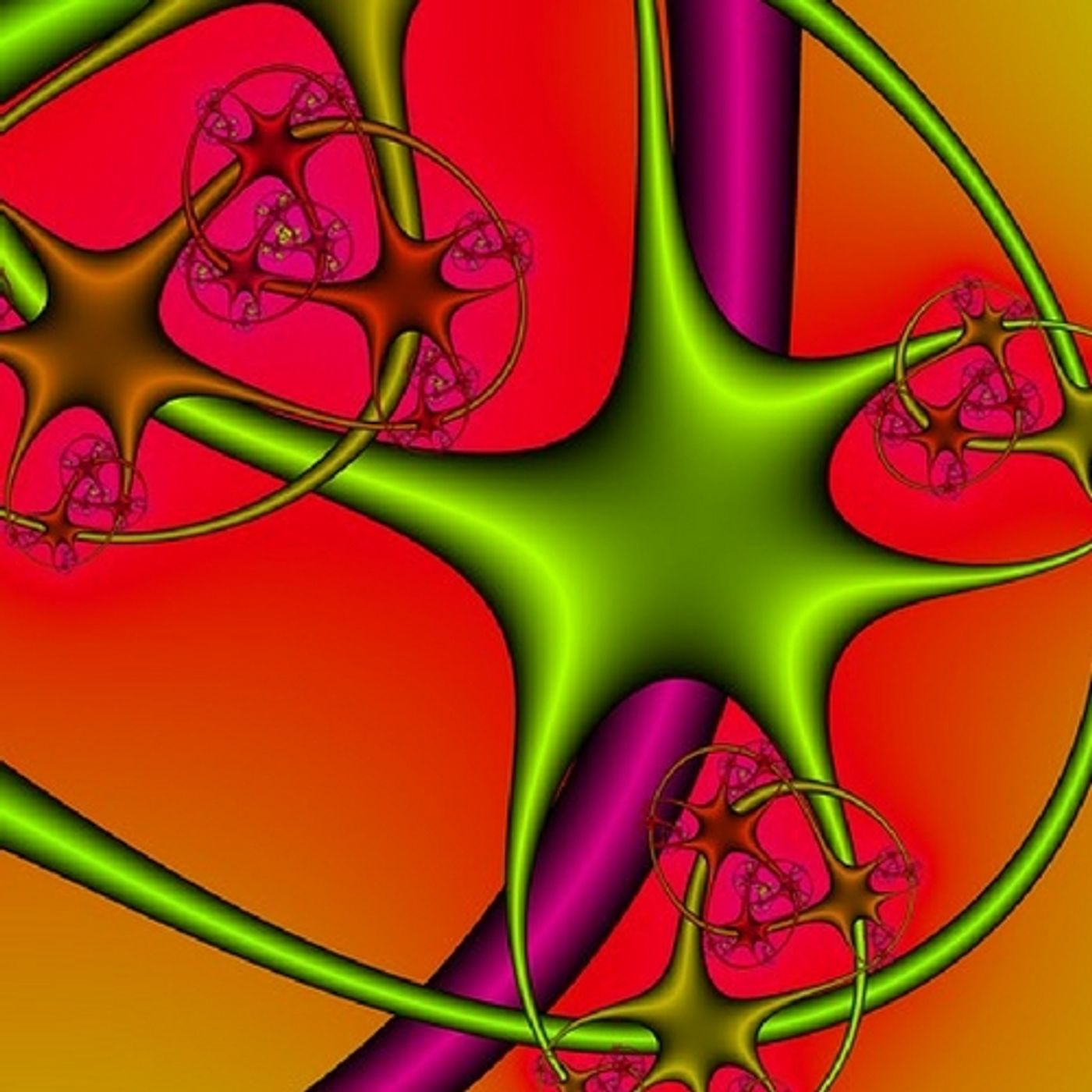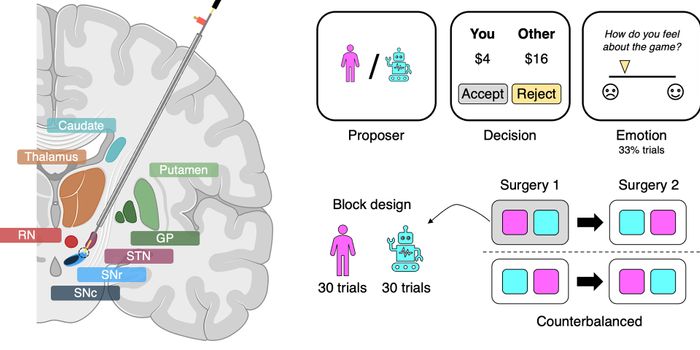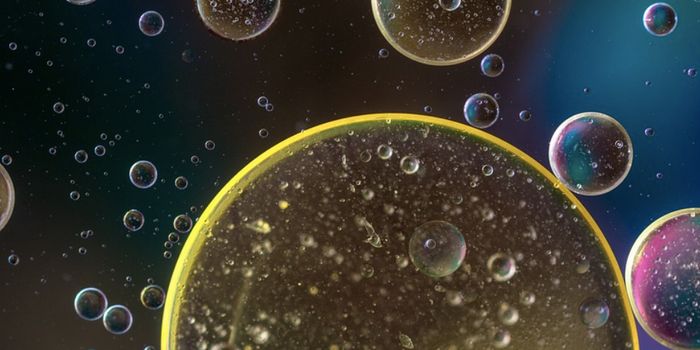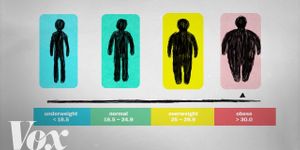When the brain is developing, stem cells, the building blocks of everything, are actively producing cellular offspring in the form of neurons. It's a fascinating process, and for the first time neuroscientists have been able to document it and track what the newborn neurons go on to do.
It's a common belief that once an embryo has finished developing, all the brain cells that will ever be, are already present. That's not actually true. Neurogenesis, the process where new neurons are formed, has been the focus of brain research for decades. It's now accepted that neurogenesis in adult humans happens in the hippocampus. This region of the brain is responsible for storing memories, so neurogenesis is needed for this task.
Researchers at the University of Zurich was published recently that shows the mechanism of how neural stem cells divide and how the neurons that come from this process function in the adult brain. The team used a mouse model; however, the process is similar to what happens in the human hippocampus.
The research was published in the journal Science and conducted in the lab of Sebastian Jessberger, who is a professor in the Brain Research Institute of the University of Zurich. To follow the process of stem cells dividing and then observe how the neurons created will operate, the team used in vivo 2-photon imaging as well as a genetic labeling protocol to keep track of which cells were which. Over the course of the study, the researchers could see each time a stem cell divided and then follow the nerve cells that came from that for up to two months. The research revealed that the stem cells only split for a few cycles before they matured into neurons. As we age, the number of stem cells decreases, and the study is the first to show a possible reason for that decline.
Dr. Jessberger stressed that this research and its conclusions came about because of a team of experts from several different fields. He explained, "In the past, it was deemed technically impossible to follow single cell stem cells in the brain over time given the deep localization of the hippocampus in the brain. We were fortunate that a group of collaborators, including Fritjof Helmchen from the Brain Research Institute and David Jörg and Benjamin Simons from the University of Cambridge, joined efforts to bring together their expertise in deep brain imaging and theoretical modeling, which allowed us to obtain and understand our data."
In neuroscience, understanding stem cells and how they behave is crucial for trying to find treatments for neurological diseases. Stem cells are the gold standard since they are totipotent—capable of producing any other kind of cell necessary for embryonic development. Capturing the process in real time, as the video below shows, and understanding their mechanism is a significant step forward in the search for treatments for neurological diseases. Jessberger wrote, "In the future, we hope that we will be able to use neural stem cells for brain repair -- for example for diseases such as cognitive aging, Parkinson's and Alzheimer's disease or major depression." Check out the video for a look at cells dividing.


















































